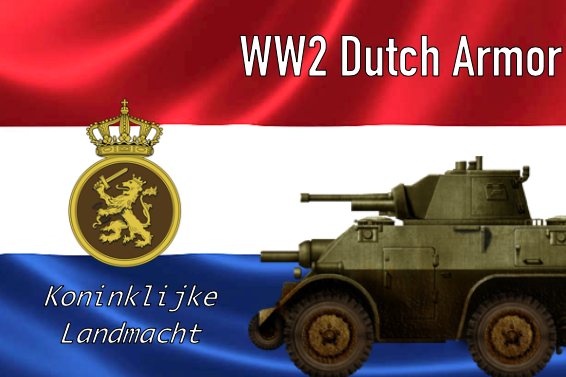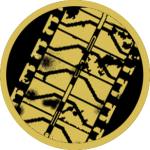1941, Monday 04 August;
The morning meeting of Churchill with the Chiefs of Staff had quickly moved along the agenda to the German invasion of Russia, and the two subjects that spun out of that. How to help the Soviet Union survive and fight back, and the defence of the Far East, and what to do with the growing threat posed by Japan. And clearly both were linked in so far as what resources could be sent to Russia and what to Malaya.
The Joint Intelligence Committee had provided a paper, assessing the Japanese threat, and they recognised the signing of the Soviet-Japanese Neutrality Pact in April had, by closing a potential front down, given Japan the opportunity to become more focused on China, or they could turn their eyes south. And then in June came the Nazi attack on the Russians, and the ever-increasing bad news of their success, as they tore through the Russian occupied lands, and entered Russia, herself. At this point would Japan back stab Russia and fall in step with her Tripartite Pact partners, they asked.
But that hadn’t materialised and now Japan had moved into southern Indo-China. They could only conclude she was coming south. The pressing need for the resources of South East Asia drew them. The Americans continued to display a confidence that they could deal with this through economic sanctions, and the distant threat of the USN Pacific Fleet moving to Hawaii. The CoS, having lived through the surprises of the fall of France and the invasion of Russia were a lot more pessimistic and pragmatic.
A second concern was the technical briefing the JIC had provided, which had upgraded the capabilities of the Japanese Forces, in a number of instances. At sea, they reported Japan had organised her four fleet carriers into a single operational unit, providing an immense offensive asset, and a further two fleet carriers were expected by the end of the year. In addition, the aircraft they operated had undergone a replacement cycle, with newer models, far more capable. Indeed, the information on the fighter aircraft was that it was exceedingly manoeuvrable, and if estimated performance figures were to be believed, would be a winner in any turning dogfight with a Hurricane or Spitfire.
And now with the occupation of airfields in southern Indo-China, the JIC estimated the Japanese could deploy, shore based, up to 200 fighters, 200 light bombers, 150 heavy bombers and 100 reconnaissance aircraft. The IJA was also being uprated, that they should be considered very capable of an amphibious assault, possibly up to a division in strength, with a couple of divisions thought to be capable in that role, while their air arm was also replacing old models, and was using the same new fighter as the IJN. What did remain unchanged however, was that their logistical organisation was still considered to be very poor.
Churchill put the paper down, and looked over his spectacles at the three chiefs. “Well gentlemen, what have you to say”
Pound spoke, “Prime Minister, I’m afraid the Royal Navy is far too stretched at the moment, I’m having difficulty not recalling some of the ships we do have in Far Eastern Waters, and we are chronically short on fleet destroyers. However, provided we don’t suffer further heavy losses, our building programs of 1942, plus the ships under repair will see us in a much better situation in about a years’ time”, Pound looked back at Churchill, and raised his eyebrows, “but for now.”
Churchill looked at Portal, who cleared his throat before speaking. “Prime Minister the Article XV squadrons have a good sound basis of personnel, but we need to give them more training time. In addition, they are equipped with Battles, Blenheim’s and a mix of Buffalos and Hurricanes, not all of which are first-rate aircraft, and the Vildebeest torpedo bombers are simply antiquated. If we purchase the DAP Beaufort copy that the Australian are beginning to build, to replace the Vildebeest, and use the trans African air route to fly limited numbers of Beaufighters and Wellingtons into Malaya, we might be able to upgrade our offensive punch by the end of the year, that would be the best way of limiting the additional strain on our shipping”.
“Humph” rumbled Churchill, who turned to Dill, “And what can the Army do General Dill”
“Prime Minister, we are maximising the recruitment of local troops, and we have two divisions of Indian troops, but they are all very inexperienced, have been repeatedly milked of leaders, and desperately need more training. We have two brigades of an Australian division, with a third brigade shortly to arrive, and they also need more training. What we don’t have is enough trained troops, and we are desperately short of artillery, be it field, anti-tank or anti-aircraft, and have no tanks whatso ever. These would all have to come from our own Home Forces”.
Churchill leaned back, offering his hands up as a gesture of acceptance. “Well gentlemen, as you know, I have been talking with the President, and we are very close to having a meeting with him and his people. I will press him for a more definitive answer on what help he can give us out there.”
Pound leaned forward and in slowly spoken hushed tones “with all due respect Prime Minister, we simply must be given time to take the measures required to secure the Far East, it’s taking about two months to send anything by sea to Singapore. Waiting on a promise that might not come from the Americans will cost us another month’s delay. Let us at least plan some alternative shipping schedules, that we might be able to implement a little quicker, if we need to. And we can't afford to promise away anything more to Stalin, until we know what we need, both in defence of Malaya, and shipping resources”
Churchill’s face grew stern, his brow knotted, and leaning forward he tersely spoke. “Yes Dudley, you’ve made the point crystal clear. It does have to be a balance as to what we keep and what we send to Stalin, but let me quite clear gentlemen, now that she’s in it, we mustn’t let Germany knock her out, Russia must hold, and in time she could bleed Germany, and give us the time to build for when we must re-enter mainland Europe. Very well, John, plan ahead what guns, tanks and artillery you might send, and the same goes with you Charles, with the extra aircraft. As soon as the talks are over with the Americans, we’ll review whats been agreed, and if we need to, we can fall back on your plans. Leslie, please make a note of the plans to be prepared, and Pug, can you make a note to remind me to press the President on this when we meet”.


